
The Atlantic Forest in southeastern Brazil has an incredible abundance of bird diversity. Nowhere else in the world will you find such colorful, vivid and rare bird species. This forest region stretches for 1,500 square miles (3885 square kilometers) along the coast of Brazil and is home to about 900 bird species, which is roughly 45% of all species found in the country.
The vast variety of beautiful birds that inhabit these deep forests are a sight for sore eyes. Wildlife photographer Supreet Sahoo, who has been working with naturalists and guides in Central and South American rainforests for years, has captured some truly delightful photographs of several birds from the Atlantic Forests. Take a look at some of these exquisite birds here.

This striking woodpecker features a prominent blonde crest that contrasts sharply with its predominantly black body. Known for its robust build and powerful bill, it is commonly found in the forests of South America, often heard before seen due to its loud calls and vibrant drumming on tree trunks.
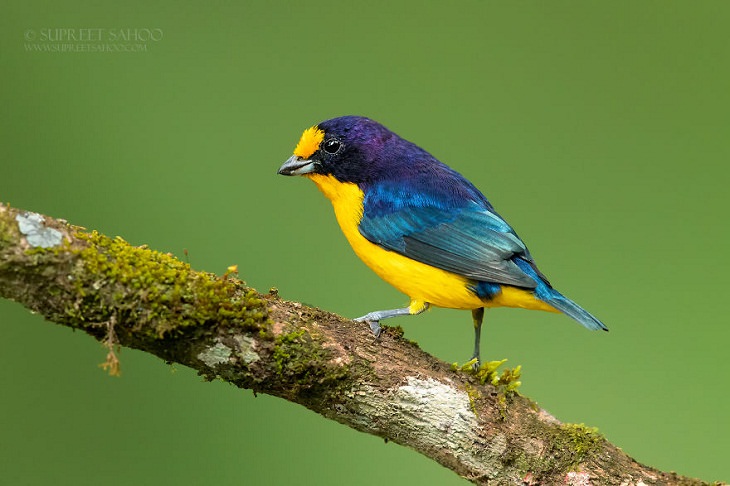
This small and vibrant bird boasts a remarkable violet-blue plumage with a bright yellow underbelly, making it a delightful sight in its preferred habitats of tropical and subtropical forests. Euphonias are known for their sweet songs, which contribute melodiously to their ecosystem.
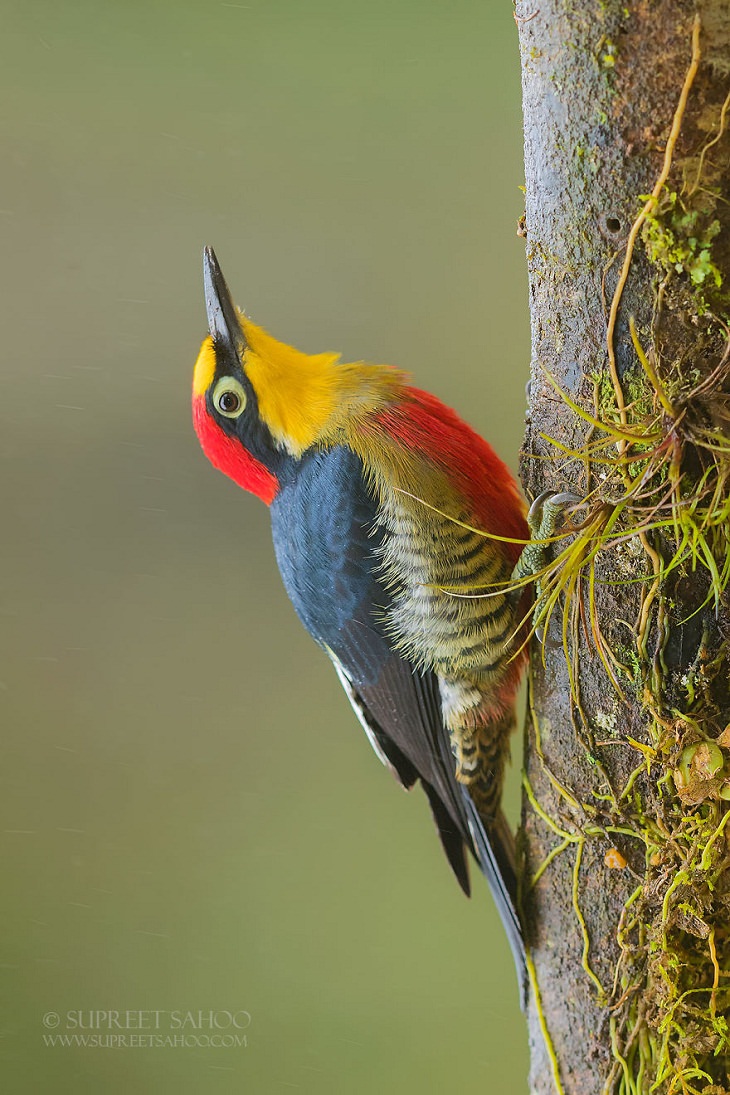
Native to the Atlantic forests of South America, this woodpecker is distinguished by its yellow forehead and cheeks, which stand out against its black-and-white speckled body. It is adept at foraging for insects under bark and in crevices, using its barbed tongue and sharp bill.
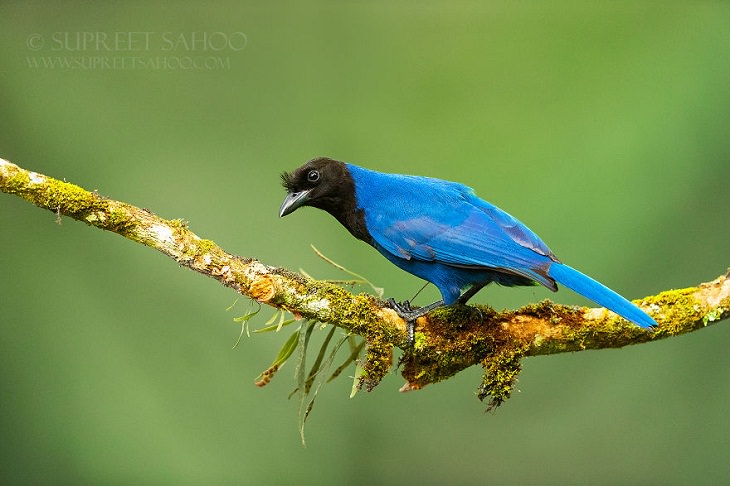
Known for its stunning azure blue feathers, this jay is a charismatic presence in the South American woodlands. Besides its beauty, it is recognized for its intelligence and complex social behavior, often seen in groups foraging and communicating loudly.
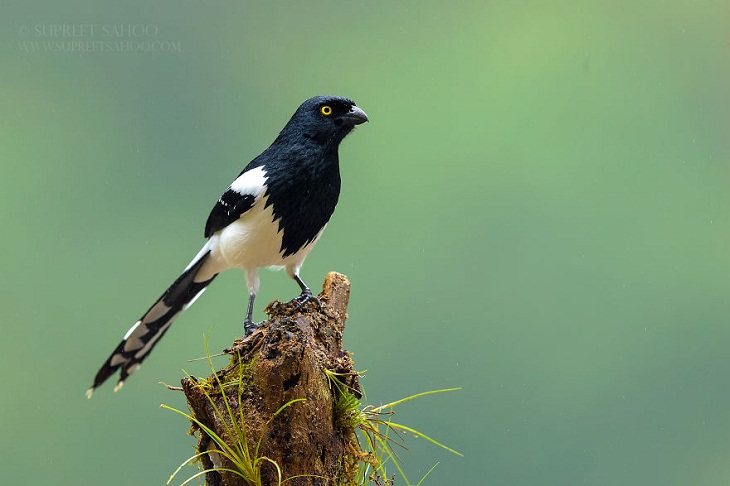
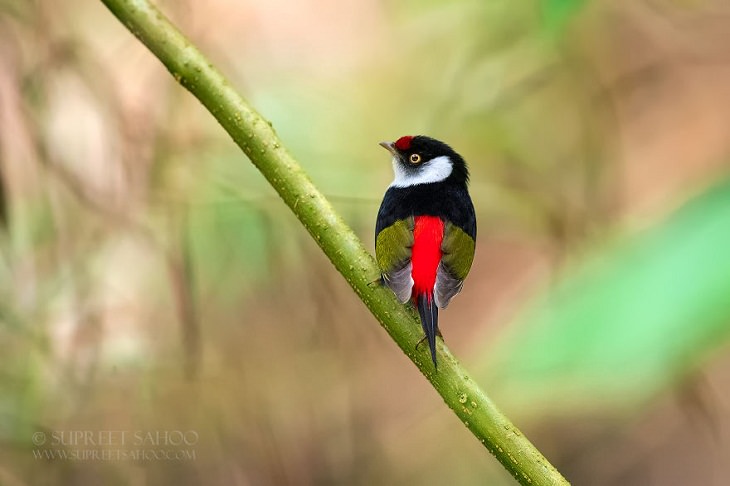
This tiny, vivid bird is famous for its dramatic mating dances. Males have a bright red cap, a blue back, and a distinctive pin-like tail, which they use in elaborate displays to attract mates in the dense rainforests of South America.
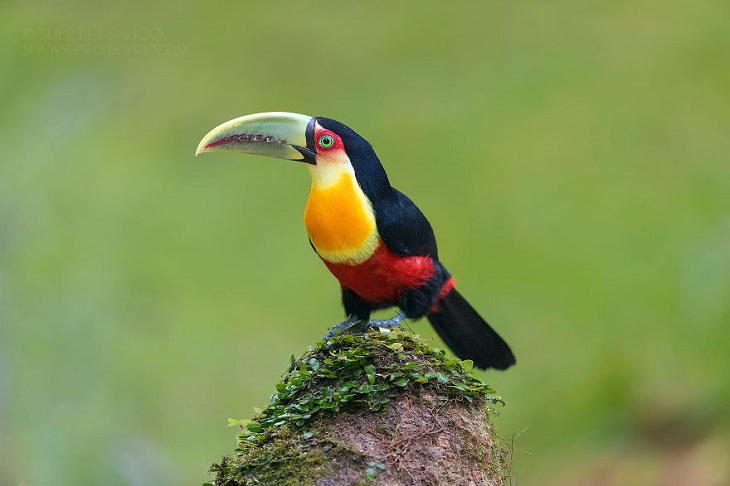
Sporting a colorful bill with shades of green and orange, the Green-Billed Toucan is a vibrant member of its genus. It's often found in tropical and subtropical rainforests, where it plays a vital role in seed dispersal through its fruit-heavy diet.
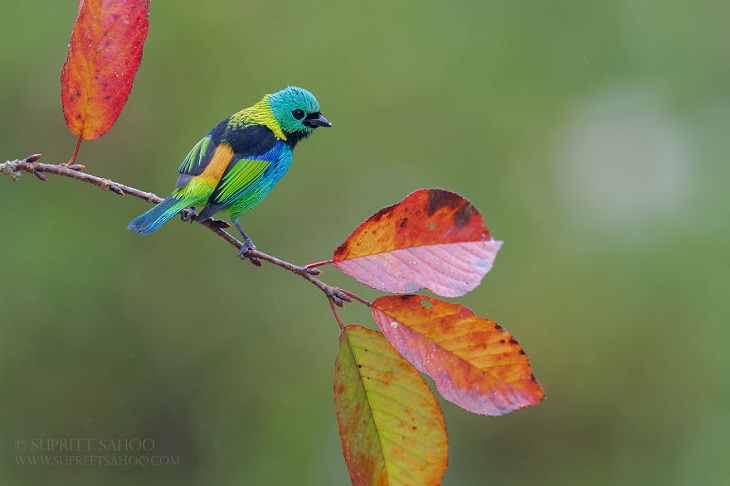
This bird is a visual treat with its luminous green head and blue body, interspersed with black. Commonly seen in the Atlantic forests of Brazil, it congregates in mixed-species flocks, feeding on fruits and insects.
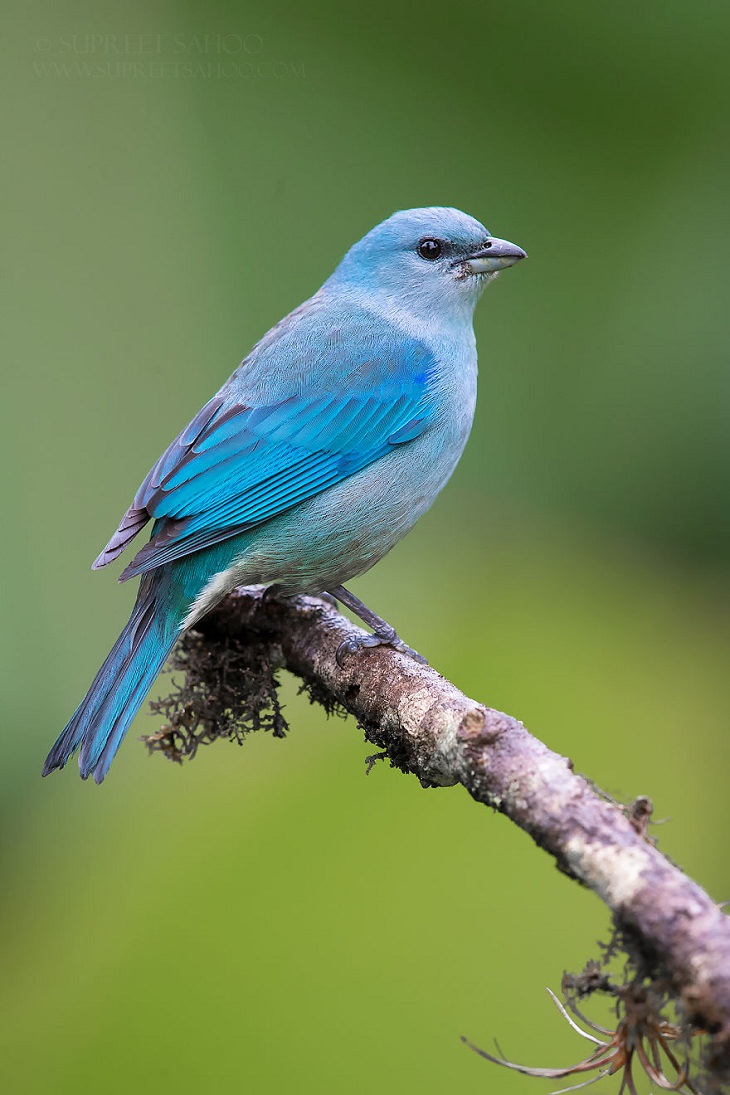
The Azure-Shouldered Tanager is primarily recognized by its dazzling blue shoulders and deep blue wings, which beautifully contrast its grayish body. It inhabits the forest edges and secondary forests, feeding mostly on fruits.
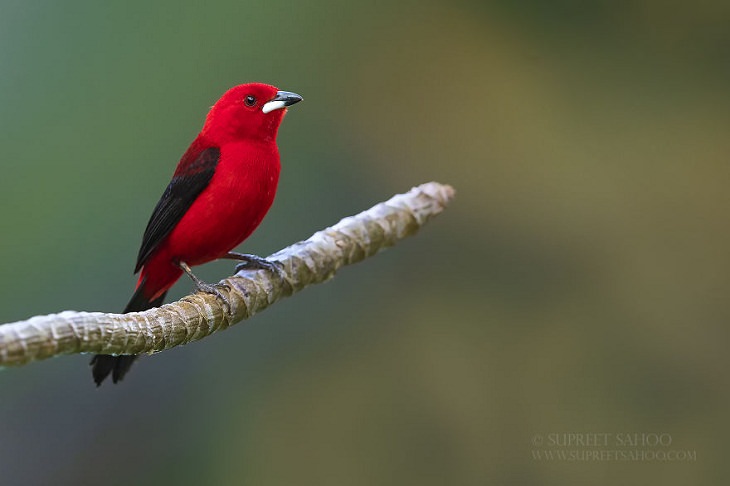
This stunningly red tanager is predominantly found in the coastal regions of Brazil. Its vivid red body, accented with black markings, makes it one of the most visually striking birds, feeding on a diet rich in fruits and insects.

Unique among owls for its terrestrial nesting habits, the Burrowing Owl is often seen standing at the entrance to its burrow during the day. It has a sandy-colored body with distinct white eyebrows and is found in open areas like grasslands and airfields.
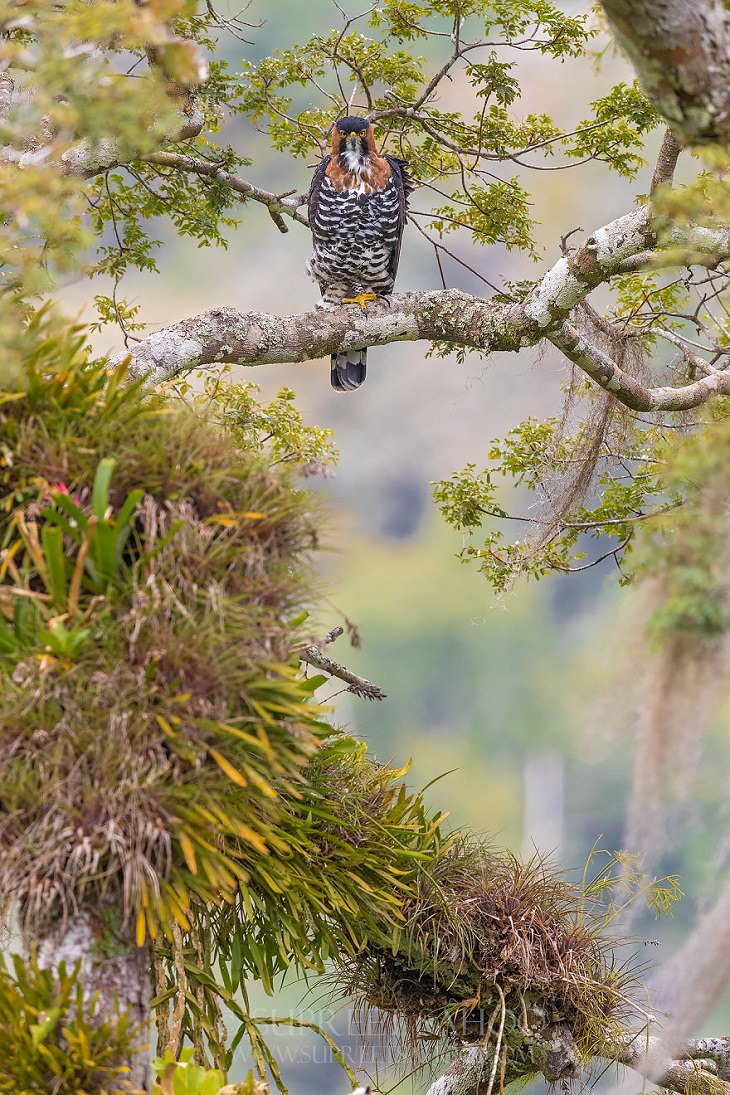
A powerful raptor, the Ornate Hawk-Eagle has a striking appearance with bold black, white, and chestnut plumage. It's an adept hunter in the neotropical rainforests, preying on a variety of mammals and birds.
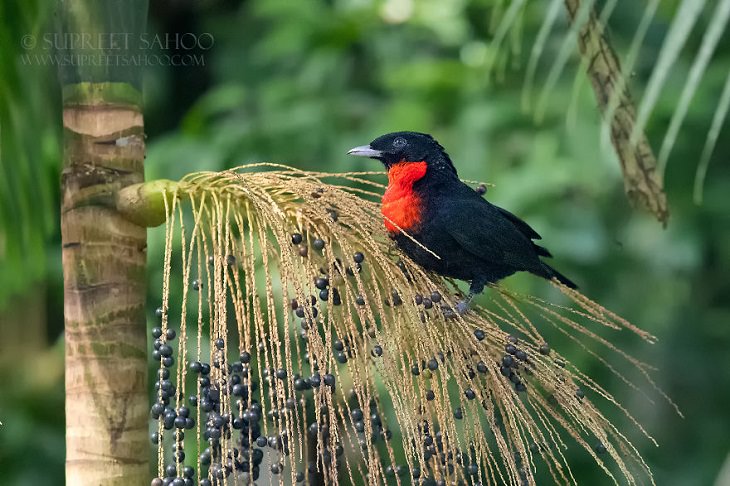
This large, vibrant bird is known for its brilliant red plumage and ruff around its neck. Found in the canopies of tropical rainforests, it is often heard delivering its loud calls, which resonate through the dense foliage. They feed mainly on fruit and often follow mixed-species flocks.
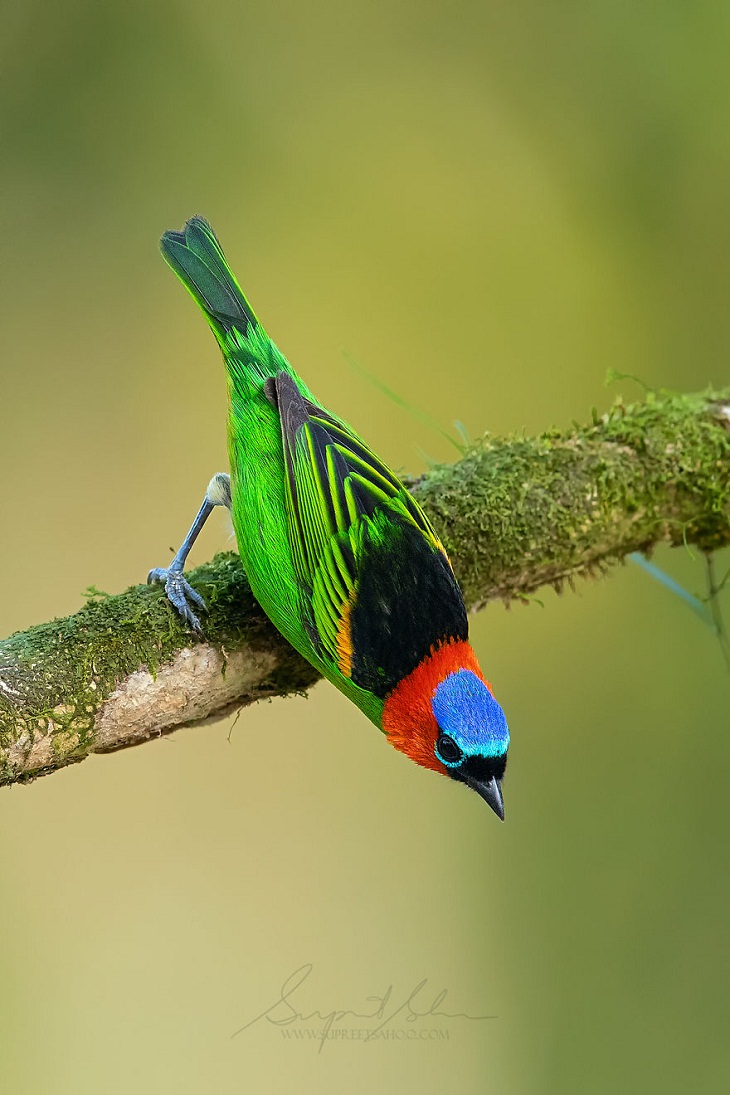
With its stunning combination of blue, green, and red, the Red-Necked Tanager is a small bird that brings a splash of color to the South American forests. It's particularly fond of fruit, which forms the main part of its diet.
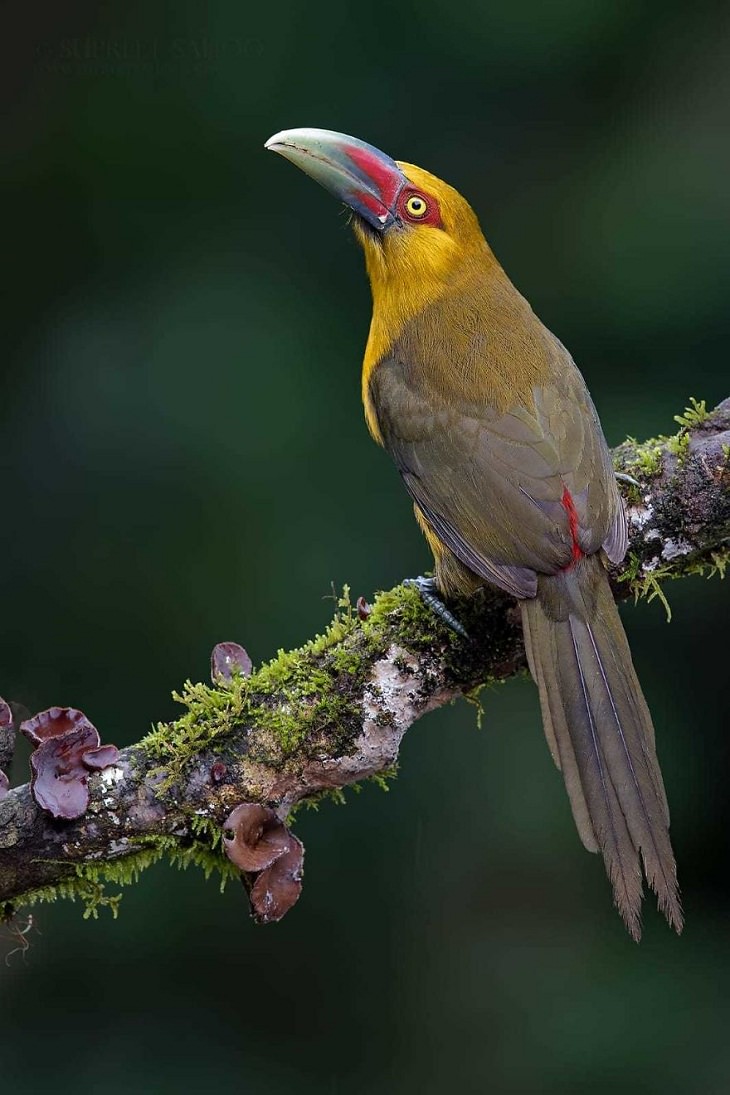
Smaller and less well-known than its larger toucan cousins, the Saffron Toucanet boasts an attractive greenish-yellow plumage and a distinctive colorful beak. It resides in the Atlantic Forest of Brazil, where it is a vital participant in the ecosystem as a seed disperser. Like other toucans, it feeds mainly on fruit but will also eat insects and small vertebrates.
Images courtesy: Supreet Sahoo
Follow more works of the photographer on his Instagram and Facebook pages.